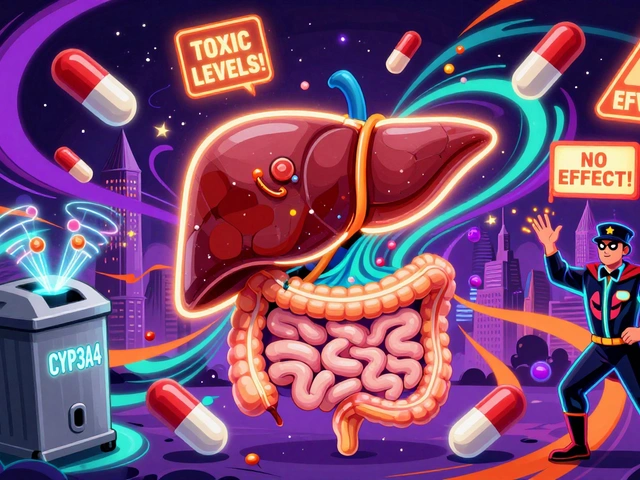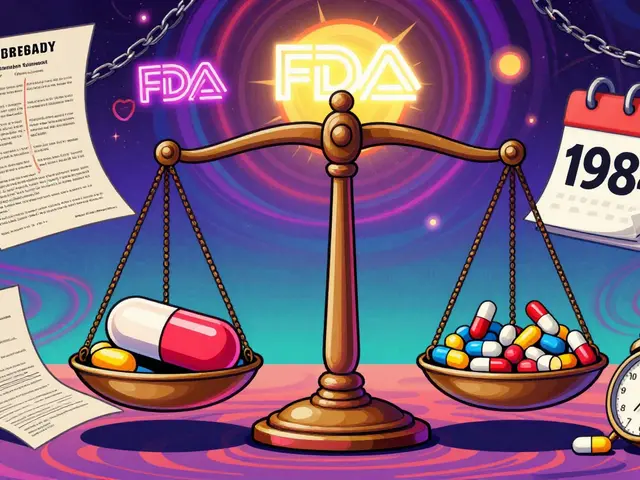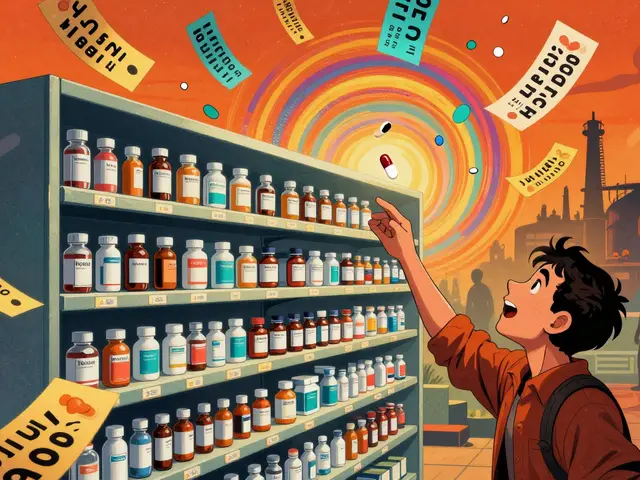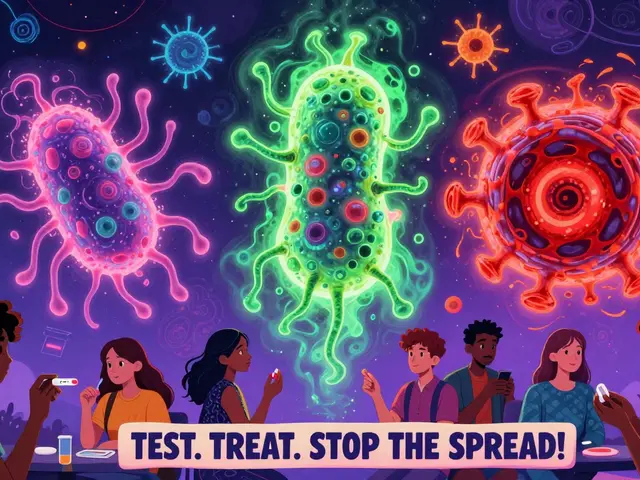Skin Infections: Quick Signs, Treatments, and Prevention
Red, itchy, or painful patches don’t always mean allergy. Often it's a skin infection—bacterial, fungal, or viral. This page groups clear symptoms, simple first-aid steps, and when you need a doctor. Read fast, act smart.
Common types and signs
Bacterial infections: look for warm, swollen, spreading redness, or yellow crusts. Impetigo shows honey-colored crusts around nose and mouth; cellulitis causes deeper redness and pain. Folliculitis is small red bumps around hair follicles.
Fungal infections: usually cause itchy, scaly patches with defined edges. Athlete's foot affects toes, ringworm shows a ring-shaped rash, and yeast can affect skin folds. They often get worse with heat and sweat.
Viral infections: cold sores (herpes) show grouped blisters on lips or face. Warts are caused by HPV and form rough bumps. Viral rashes can be painful or tingling before blisters appear.
Simple treatment and prevention
First-aid steps: wash the area with gentle soap and water, pat dry, and avoid squeezing or picking. Apply a clean bandage if the skin is broken. For small fungal patches, an over-the-counter antifungal cream usually works if used as directed for the full course.
When to use antibiotics or see a doctor: if redness spreads quickly, you have fever, red streaks, increasing pain, or the wound is deep. A provider may prescribe oral antibiotics or stronger topical meds. Don’t self-start antibiotics without guidance — the wrong drug or dose can make things worse.
Antifungal advice: creams like clotrimazole or terbinafine help many infections. For stubborn or large fungal infections, a short oral antifungal may be needed. Follow treatment length—stopping early often causes return.
Everyday prevention: keep skin dry and clean, change sweaty clothes quickly, avoid sharing towels, and trim nails to reduce breakage. For cuts, clean them right away and cover until healed. If you get repeated infections in one spot, mention it to your clinician — there may be an underlying cause like diabetes or immune issues.
Special cases and cautions: steroid creams can reduce inflammation but may worsen fungal infections if used alone. If a rash gets better then suddenly worse on a steroid, see a clinician. Also tell your doctor about allergies and medicines you take — some treatments interact with common drugs.
Choosing care and meds: pharmacies and online suppliers can be convenient, but pick reputable sources and check for pharmacist support. If you’re unsure about an OTC product, ask a pharmacist which option fits your skin type and the likely cause.
Go to the emergency room if infection causes high fever, severe pain, loss of feeling, blue or dark skin, or if you have bad swelling near the eyes or neck. Also seek urgent care if you have diabetes, poor circulation, or take immune-suppressing drugs — these raise risk of fast-spreading infection and complications. Don't wait — act.
If symptoms are mild, self-care and OTC products often work. If you see spreading redness, fever, or failing treatments, get medical care quickly. Quick action prevents small problems from becoming serious.
The Connection Between Skin Infections and Eczema
As someone who has been researching skin infections and eczema, I've come to understand the strong connection between the two. It turns out that individuals with eczema are more prone to skin infections due to their compromised skin barrier. This allows bacteria, viruses, and fungi to easily invade the skin and cause infections. On the other hand, these infections can also worsen eczema symptoms, leading to a vicious cycle of inflammation and infection. It's crucial for those with eczema to take extra precautions and maintain good skincare habits to reduce the risk of infections.





